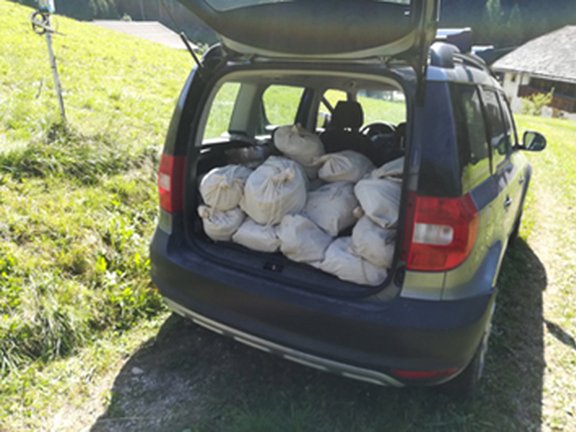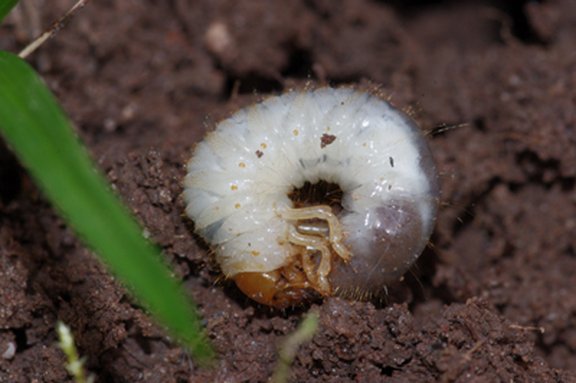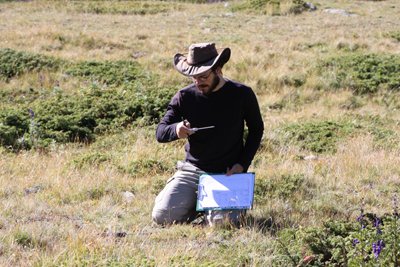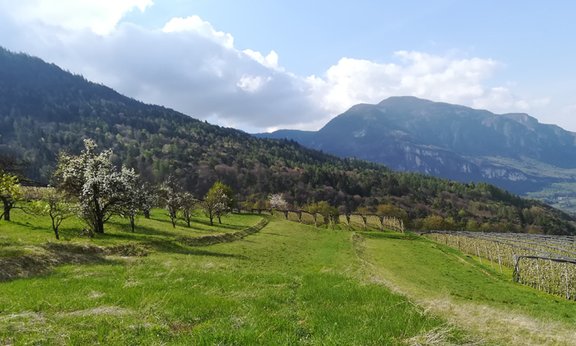I grew up in the plurilingual and multicultural border region of South Tyrol. Early, I was introduced to nature, especially of mountain and alpine environment, by my father. My undergraduate studies in Vienna soon focused on ecology and I worked with different organism groups like birds, mammals, plants and insects investigating their autecology (often focusing on their nutritional ecology), community ecology and biodiversity. With my master thesis I ended up working on the alpine tree line back in my home region. I focused on ants and their ecological role along this ecotone. During my master I became a proud father of a little girl and started to work beside my studies making experiences in data analysis, publishing and butterfly monitoring.
Soon after my master, I started to work for my PhD at Eurac Research and University of Innsbruck. My first task was to focus on soil biodiversity as bioindicator for differing agricultural practices. The community of animals inhabiting the soil is a complex, challenging and often understudied topic offering a detailed insight upon the quality of soils, that is tightly connected to essential ecosystem functions and services.
More in detail, I focus upon the diversity and community composition of soil macroinvertebrates, both between land use types (meadows and orchards) and land use intensities. Further, I’m investigating the trophic chain of the soil communities, testing the hypothesis that land use intensity shortens the length of the trophic relations, an indication of partial ecosystem function fulfillment. I was also lucky to join a running experiment on differing manuring practices and intensities in meadows. Here, I’m taking a close look upon the soil community reaction (especially of earthworms), to be able to provide management advices to improve soil biodiversity conservation and maintain a high provision of ecosystem functions and services by this community.

One day fieldwork, 27 Soil core sample loaded (weight ~300 Kg and containing. 6.000 – 10.000 macroinvertebrates). (Credit: E. Guariento)

An example of scarab beetle larvae (Credit: E. Guariento)
Besides soils bound topics, I also work with ants and, within the biodiversity monitoring project of South Tyrol, I survey butterflies. Further, through cooperation with colleagues I continued to work on several additional studies and topics, mostly focusing on biodiversity aspects and community changes along gradients (e.g. elevation, land use, flooding and disturbances).

Finally, I feel very privileged to be able to work and investigated an important part of what makes our world both functioning and beautiful!
Fieldwork (Credit: J. Martini)
Elia Guariento
Research Group: Ecosystem and Landscape Ecology

